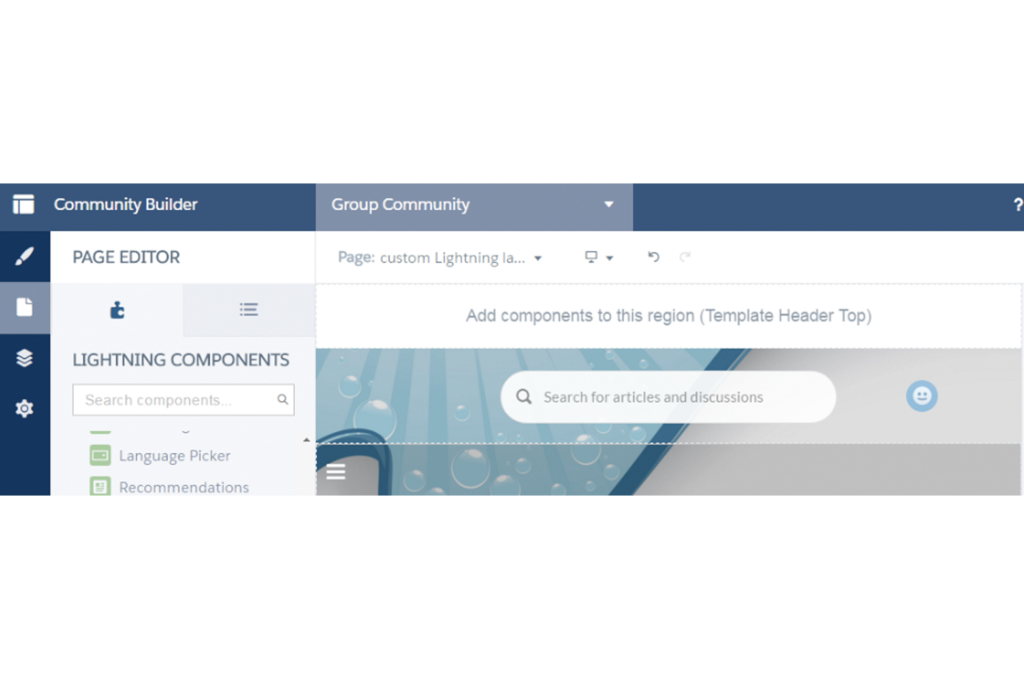Why is Lead Routing Critical for Account-Based Strategies?

Why and how lead routing software is essential for getting leads to the right reps and contacted in a timely fashion.
Lane Four & Modern Sales Pros Toronto Salon

We’re excited to be partnering with Modern Sales Pros for another salon on September 17. This time, we’ll be in Toronto to discuss all things revenue ops.
11 Awesome Resources for Sales Operations

We’ve curated a list of sales operations resources that we think you’ll find useful for you and your sales team.
The Evolution of Salesforce Communities

From Salesforce Portal to Lightning Community Builder, here’s how things have changed in Salesforce Communities.
Outreach Announces Last-Touch Attribution

Now you can better track the performance of your sales sequences in Outreach using the new Last-Touch Sequence Attribution feature. Pinpoint and report on the Sales Activities that Generate Revenue.
Dreamin’ Recap

Lane four has attended not one but two amazing Salesforce community events this summer. Here are recaps of both Nor Cal and True North Dreamin’.
Lane Four at True North Dreamin’

This year, two of Lane Four’s Salesforce experts will be presenting at the inaugural True North Dreamin’! Join us in Ottawa on July 11 and 12.
Building a Revenue Operations Team

Take a look at some of the key insights from last night’s conversations with the Bay Area’s top B2B SaaS sales operations leaders.
Salesforce for SaaS Blueprint

Easily Plan How You Will Track, Manage, Measure, and Scale Your Sales & Marketing Processes in Salesforce.